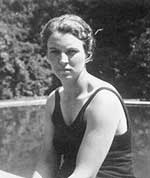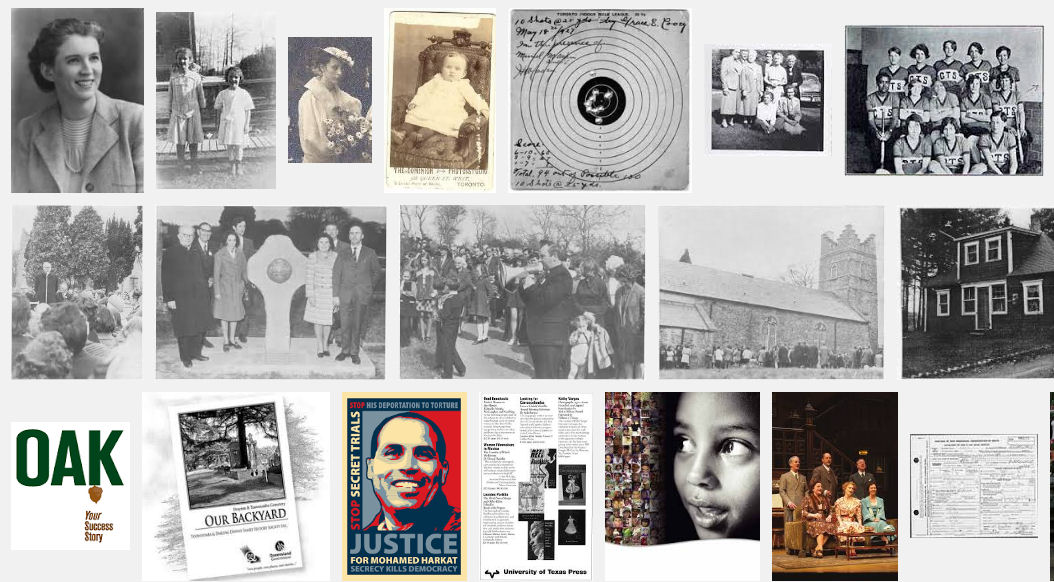Grace’s obstacles were women’s obstacles
Opportunities denied because of her gender
By Tom G. Kernaghan
Cooey” dear:
Take what life hath to offer you,
Good fortune or sad mischance;
Weigh out the good and use it well,
Then grin and bear the balance.
Love,
Muriel Allan
April 5, 1924
Grace usually waited until bedtime to cry; often she would cry herself to sleep. One time, however, her young daughter Alison saw her break down in the kitchen. It was 1953 and Grace’s attempt to reunite with her estranged husband, George, had failed. The usually observant eyes didn’t see that her girl, then nine, was peering through the crack in the door, watching the tears Grace believed were being shed in absolute solitude. One of the great contradictions of her life was that while she often felt alone in her battle against obstacles, she was in fact always around people.
Many surrounded her, for example, during the Great Depression. The mercilessness of that terrible decade is now common knowledge. We know about the staggering unemployment, the unrelenting western drought, and the general desperation. What can be known about Grace’s personal struggle during this period must be understood in the light of her family dynamic prior to it.
Irene died of smallpox in 1907, before her first birthday. Though Grace never knew her older sister, and though Irene’s name was seldom mentioned in the house, the tragedy had a profound impact on her. Irene’s ghost was present in every importunate demand made of her by her parents. Those demands, though motivated by love, placed Grace in a position of constant attention. Much was expected of her because of her intelligence, because of her surname, and because she had lived. Many of her autograph book entries, like the above poem, written by a lifelong friend, testify to the strain she felt as a youth in a society showing increasing consideration for women, but not outright equality.
On April 5, 1924, The Globe and Mail ran an advertisement for women’s clothing store La Vogue (772 Yonge Street): “Boyish Suits” for $16.95, with “slim, boyish lines.”

Grace visiting family property
Wychwood, in Cobourg, 1933.
On that same night, Central Technical School was putting on the opera of Gounod’s Faust. Even though Grace was involved with such high school productions, she could never fully hide her frustration over the obstacles that frequently blocked her ambition in a changing urban society—a Canada that, thanks to the “Famous Five” of 1927, recognized that women were “qualified persons” and eligible for membership in the Senate.
During her undergrad years, Grace was told that her shot at architecture school had been denied to her because of her gender. And years later, after opting for teachers’ college and then a job at a Galt school for girls, a job she grew to love, she was told that the exigencies of the Depression required her to give up her career. Grace had also fallen in love with a good man, George Galbraith, a handsome bank teller from Galt. But when the two were married in June 1936, she was told she had to quit her job: she had to make room for men.
Grace couldn’t help but bridle at this turn in a life she’d spent preparing for independence, only to find a glass ceiling that reflected back at her all the expectations and pressures placed upon her by her family—and the hope of a women’s movement that still lacked the power to smash through the very glass that taunted her.
Cobourg beckoned. Her father, Herbert, had moved his firearms plant there in 1929, and acquired a lakeside home he named Wychwood (after his old neighbourhood in Toronto). He’d also paid for Grace’s education, so she and George followed the family. So did her memories of the Annex. Often, in her quiet moments, she recalled the hours spent playing jacks on the steps of Hillcrest Public School. But it would be years before she taught school again. And before her happy marriage crumbled under family pressure, she would experience disappointment for which no woman can really prepare. A tubular pregnancy left her unable to bear children. But that didn’t stop her. As always, Grace found another way. And years later, her own daughter would return to the Annex.
Tom G. Kernaghan writes Through Grace’s Eyes, a monthly column on Grace Eleanor Cooey, who was born and raised in the Annex at the beginning of the 20th century.
(Gleaner News, Toronto)

